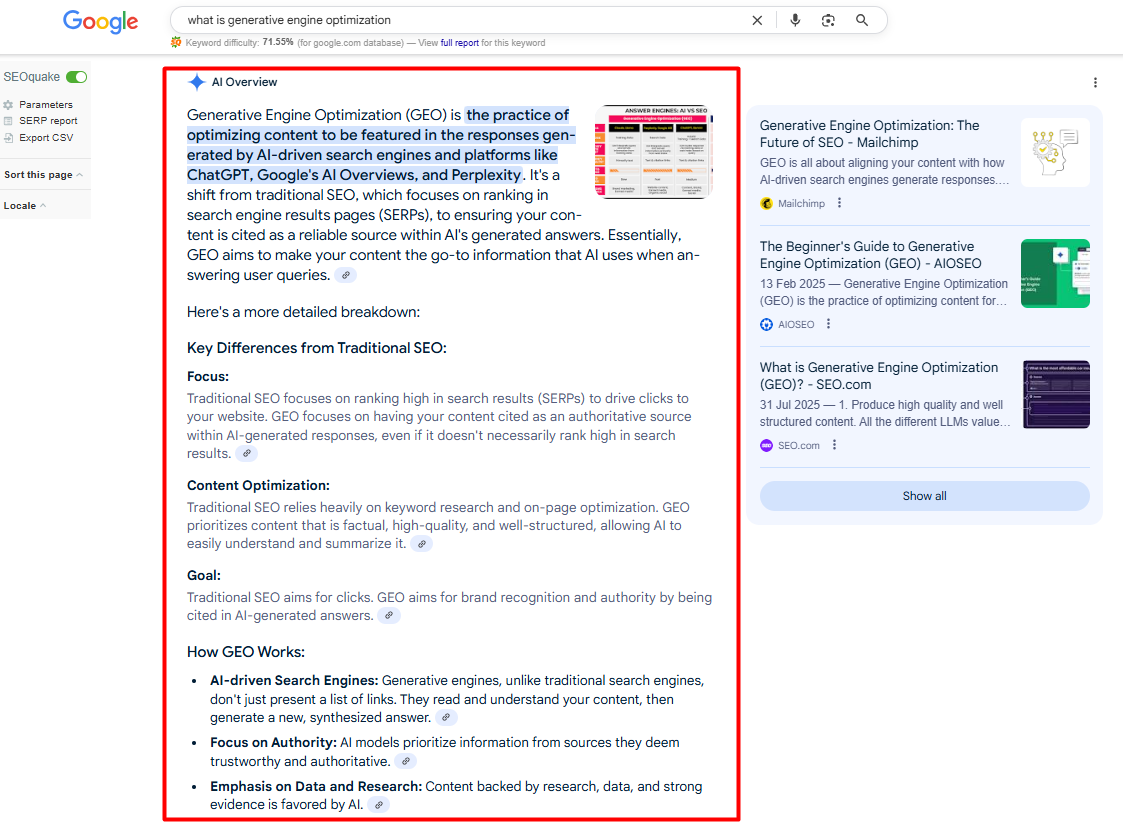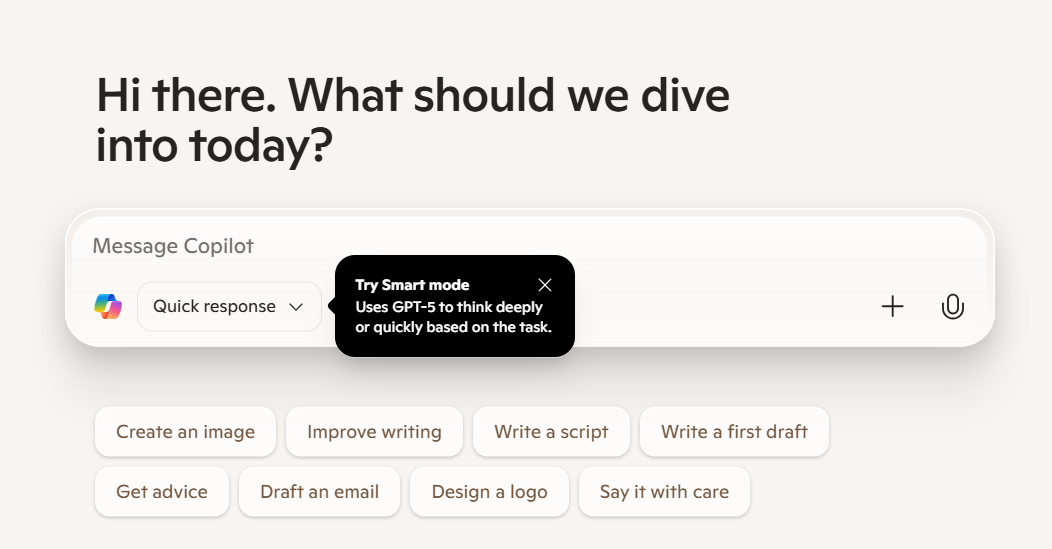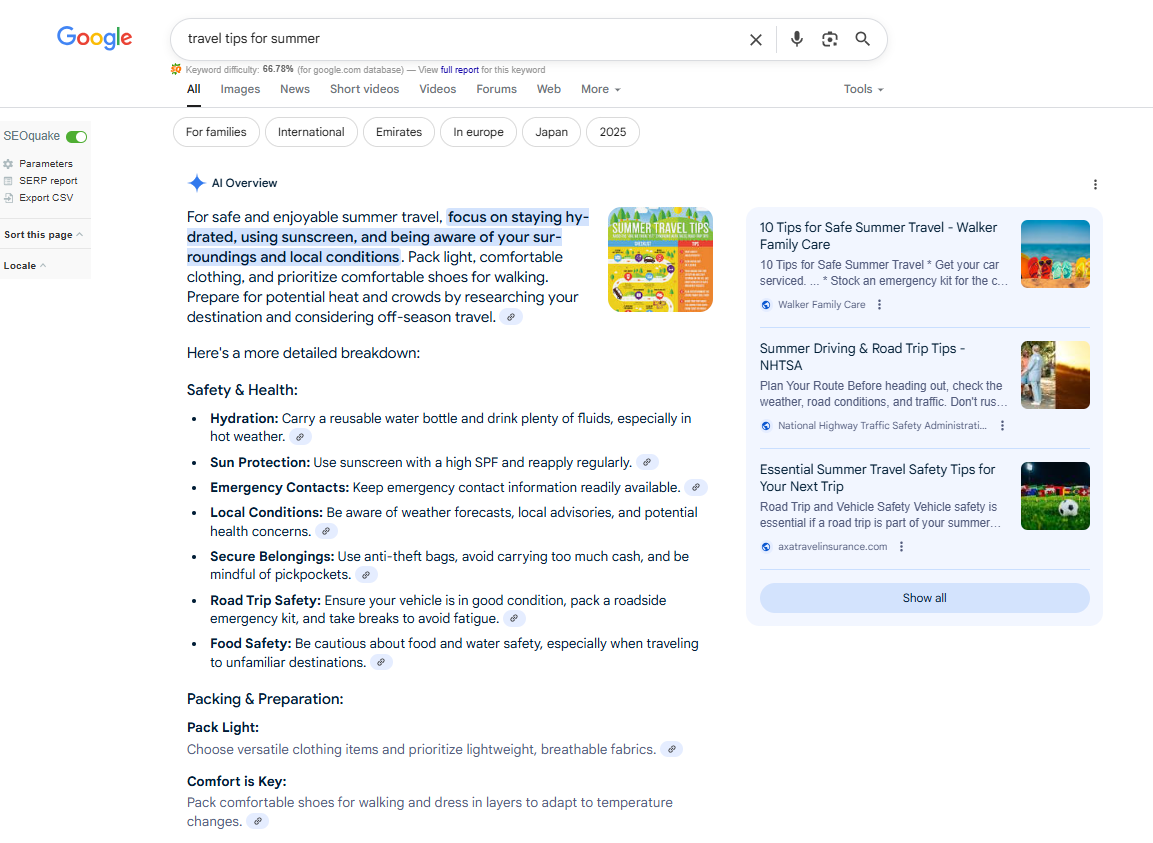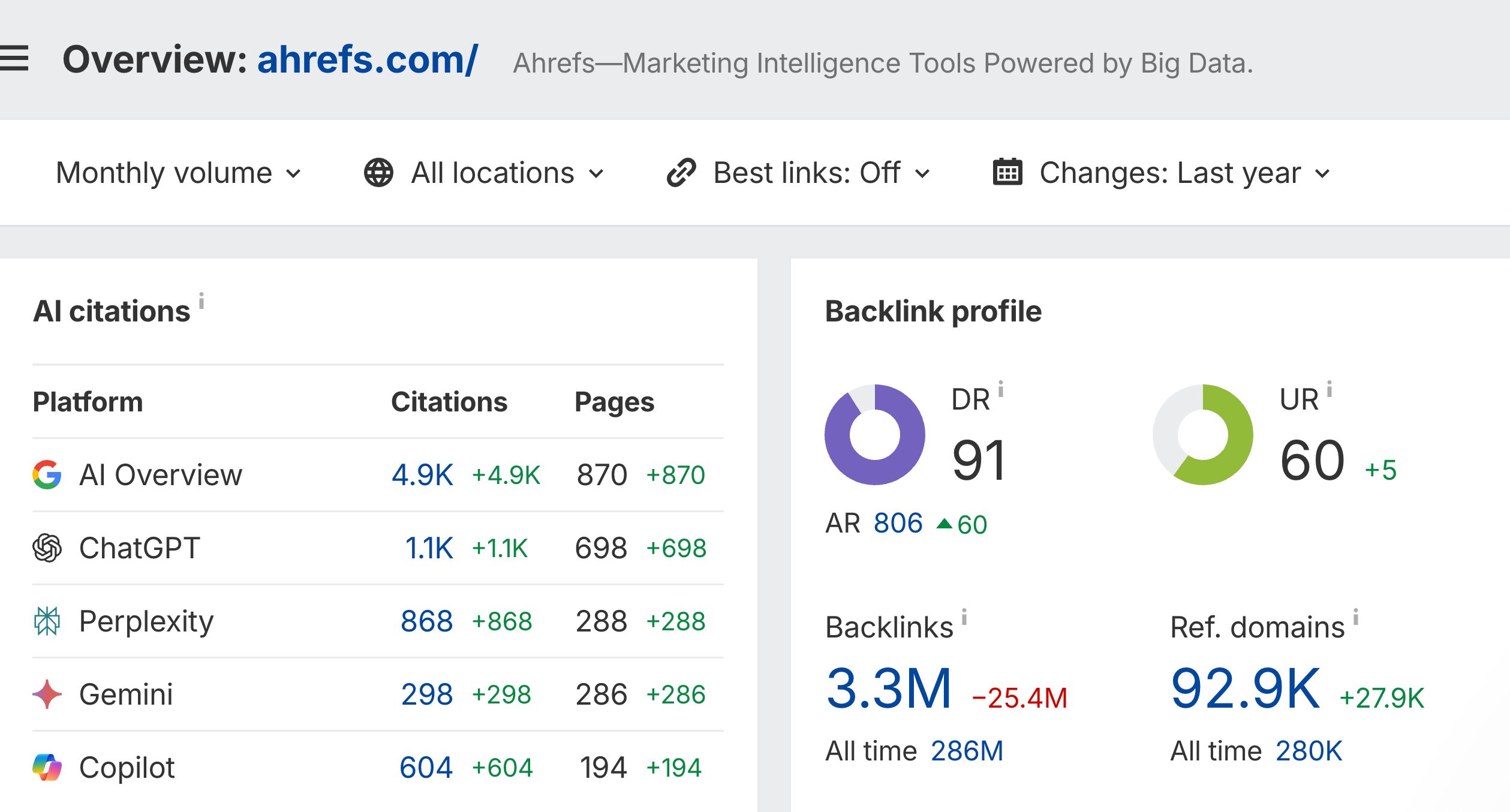Lost in Search? Make Sense of SEO, AEO, and GEO
Think you know all the secrets of search engines? You’ve probably heard of SEO, but what about AEO or GEO? These aren’t just technical terms – they’re strategies that can decide whether your brand gets noticed or ignored.
In this article, we’ll look at the differences between SEO, AEO and GEO, with a special focus on Generative Engine Optimisation – a strategy that’s quickly gaining ground in digital marketing.
What is GEO (Generative Engine Optimization)?
Generative Engine Optimization (GEO) is an emerging optimisation strategy that focuses on generative AI‑based search engines and answer‑generating systems. Its goal is to produce content in such a form and quality that AI models — such as language‑based search engines or chatbots — can easily find, interpret and include it in their responses.
Put differently: GEO aims not only to rank well in traditional search results, but to feature as a concrete, useful answer within AI‑generated summaries.
SEO vs GEO: What’s the Difference?
The main distinction lies in what each strategy optimises for:
- SEO optimises for search‑engine algorithms (e.g. Google’s ranking factors), while
- GEO fine‑tunes content to align with the natural‑language understanding of AI models.
SEO emphasises technical and keyword‑based optimisation, whereas GEO places significant emphasis on context, deeper user‑intent understanding, and the intrinsic value of information.
What About AEO?
Answer Engine Optimization (AEO) focuses on structuring a website’s content so that it directly answers user questions and appears in prominent SERP features such as:
- Featured Snippets,
- People Also Ask sections,
- voice‑search results (e.g. Google Assistant replies),
- other answer‑centric search features.
AEO content is concise, clear and directly addresses queries — often through lists, tables or explicit definitions.
Attribute | SEO | AEO | GEO |
Focus | Search engine algorithms | Questions and direct answers | AI models and interpretation |
Objective | Ranking in search results | Featured answer placement | Inclusion in AI-generated summaries |
Optimisation | Technical + content-based | Answer-centric content | Contextual + author credibility |
Visibility | Appearance in Google search listings | Featured Snippets (e.g. “People Also Ask”) | Appearance in AI-generated answers |
AI Platforms Where Your GEO-Optimised Content Can Become Visible
There are numerous AI-powered search engines and assistants that use GEO-optimised content as a source of information. If your content follows GEO principles – such as clear structure, credibility, and freshness – these systems are more likely to cite and display your website.
Google AI Overviews
Google AI Overviews appears at the top of the search results page, offering the user a summary generated by artificial intelligence. This summary selects information from multiple sources and presents it in a short, coherent form.

From a GEO perspective: the goal is to have your content included among the sources cited in this summary. To achieve this, your content must be up-to-date, accurate, and easy to understand, so that AI models prioritise it.
Google Gemini
Google Gemini is the company’s advanced multimodal AI platform, capable of processing text, images, audio, and video. Gemini is increasingly integrated into the Google ecosystem – including Search, the Chrome browser, Gmail, and Workspace applications.
From a GEO perspective: Gemini can independently gather and interpret information related to searches, displaying references to the sources. Structured content, available in multiple formats (text, image, data visualisation), has an advantage as Gemini processes and utilises multimodal materials.
ChatGPT
ChatGPT Search combines the language processing capabilities of GPT models with web search. The system draws from online sources and delivers thematic, well-structured responses.
From a GEO perspective: since ChatGPT frequently cites sources, it is advisable to craft your content in a way that makes it easy to quote. Unique information, local relevance, and a clear structure are particularly important.
Microsoft Copilot
Microsoft Copilot is the AI assistant integrated into Microsoft’s search engine, displaying explanations, summaries, and references alongside search results. It is built on GPT-4 models and relies heavily on credible sources.

From a GEO perspective: Microsoft Copilot highlights cited websites, so reinforcing credibility and positioning yourself as an expert is particularly important here. Short, concise, and specific formulations increase the likelihood of being featured.
Perplexity AI
Perplexity AI is specifically built around source citations. In every response, it shows where the information comes from, allowing users to click directly on the source.
From a GEO perspective: as Perplexity places strong emphasis on detailed, professional, and well-structured content, it offers an excellent opportunity to boost expert visibility. Materials with credible data and clear references perform particularly well here.
Why Is Generative Engine Optimisation Important?
User behaviour has changed significantly, with more people now asking direct, specific questions in search engines. Voice search, for instance, is becoming increasingly popular — offering a much more direct way of searching compared to traditional keyword queries. As a result, users expect faster and more precise answers.

Modern AI-driven algorithms go far beyond simple keyword recognition. They assess content relevance not solely based on keyword presence, but also by evaluating the context, quality, and overall user experience.
Generative algorithms used by Google and other search engines, particularly those based on language models, are capable of deeply understanding the meaning of content and aligning it with the underlying intent of the user’s query.
Benefits of GEO Optimisation
- Presence in AI‑generated answers: GEO helps your site become a cited source in Google SGE and other AI search engines.
- Improved click‑through rate (CTR): GEO‑optimised content appears contextually in AI summaries, helping convince the user instantly that your site merits a click.
- Content repurposing potential: Well‑structured GEO content is easily reused across AI systems like ChatGPT, Bing Chat or Perplexity, extending reach.
- Competitive advantage: Few marketers are actively optimising for AI responses yet — by starting early, you gain a strategic edge.
- Visibility in complex queries: AI overviews commonly appear for long‑tail, multi‑step queries — GEO helps position you as an authoritative answer.
Would you like your content to not only be present, but also visible in Google AI responses? Contact us and we will help you build a GEO strategy from the start!
What Types of Content Work Well from a GEO Perspective?
- Articles with clear answers
- User guides, definitions
- Tables, lists, visual elements
- Fresh, current, quotable, and credible content
- Pages with structured data (schema markup)
GEO in Practice, Proven Outcomes
A recent study by researchers from the London School of Economics demonstrated the effectiveness of GEO. They tested tourism‑focused web content using pairs of texts: the original version vs a GEO‑refined rewrite. After training a specialised AI model, they observed:
- GEO‑optimised text appeared 30 % more often in AI‑generated answers.
- Such content was cited more frequently and featured more prominently within those responses.
- Visibility and user engagement increased significantly.
The results reinforce that GEO principles, structured content, credible citations, clear author voice, help content gain traction in AI‑based search systems.
Source: Lüttgenau, F., Čolić, I. és Ramírez, G. (2024): Beyond SEO – A Transformer-Based Approach for Reinventing Web Content Optimisation. arXiv preprint, https://arxiv.org/abs/2507.03169
GEO (Generative Engine Optimisation): How Can Results Be Measured?
With tools like Ahrefs, it’s now easier than ever to measure whether your website’s content appears in the responses of AI-powered search engines — such as Google AI Overviews, ChatGPT, Bing Copilot, or Perplexity AI. The new “AI Citations” feature shows how many pages have been cited across different generative search platforms and what traffic changes are associated with these mentions.

This is especially valuable from a Generative Engine Optimisation (GEO) perspective, where the goal is no longer just to rank organically, but to have your content cited as a source in AI-generated answers.
Ahrefs’ tracking capabilities provide clear feedback on whether your GEO efforts are working — i.e. whether your pages are being included as cited sources in AI-generated summaries.
Our GEO optimisation service ensures that your website’s content can appear in AI-generated search responses. Rather than focusing solely on traditional rankings, our marketing strategy is designed to position your content as a trustworthy, quotable source that AI models can interpret and incorporate into their answers.
7 UK-Style Tips for GEO-Ready Content
- Answer user intent directly: Deliver a concise, clear definition or solution upfront — don’t bury it. Use concrete sentences and examples.
- Use a logical, well‑organised structure: H2/H3 headings, bullet points, numbered lists, tables and FAQs help AI parse your content.
- Include related entities, not just keywords: Mention relevant concepts, brands, names and topics for richer context.
- Implement structured schema markup: FAQ, HowTo, Article and Author schemas aid AI in understanding your page.
- Create credible, citable content: Include data, sources and insights only you can provide — go beyond rewriting others.
- Keep your content current: AI assistants favour content updated within the last 12 months according to a 2025 Ahrefs study on 17 million citations.
- Build author visibility and credibility: Maintain a consistent author profile with a bio, social links and recognised expertise — AI values authoritative sources.
Zero-Click and Position-Zero Visibility
As search becomes answer‑driven, many users get what they need without clicking any links. These are called zero‑click searches — answers delivered right at the top via snippets, PAA boxes or AI overviews. GEO’s purpose is to design content that’s easily interpreted, cited and useful even without a click. While organic visits may decline, conversion potential from highly relevant AI‑delivered content can still be significant.
If you want to increase your chances of appearing in position zero, request a free audit now!
SEO, AEO & GEO: Stronger Together
There’s no single winning strategy today that ignores one of these pillars. Technical and content SEO lay a firm foundation, AEO ensures clarity and answer‑format readiness, and GEO secures visibility in the AI‑driven future. To remain competitive, each pillar must be in place.


